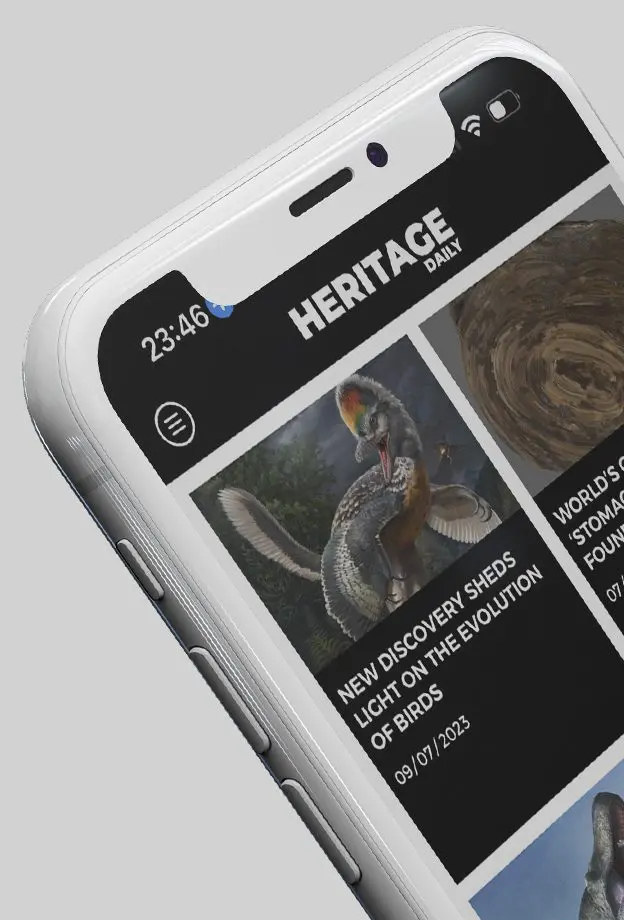Our Company
HeritageDaily LTD - Suite/Unit 40 17 Holywell Hill, St Albans, Herts, United Kingdom, AL1 1DT
Latest News
Hundreds of celtic coins and jewellery unearthed in Western Bohemia
Archaeologists have announced one of the most significant Celtic discoveries in recent years: around 500 gold and silver coins, along with jewellery and raw precious metals dating from the 6th to the 1st century BC.
Blue pigment found in Germany rewrites Palaeolithic history
The discovery of Europe's oldest blue pigment at Mühlheim-Dietesheim in Germany rewrites the timeline of Palaeolithic colour exploration to 13,000 years ago.
Ancient satyr mask sheds light on Phanagoria’s dramatic past
The discovery of a terracotta theatrical mask offers compelling new evidence for the existence of a theatre in the ancient Greek city of Phanagoria.
Underwater study reveals exceptionally well-preserved Roman shipwreck
A multi-national team of underwater archaeologists have been unearthing an exceptionally well-preserved Roman shipwreck in Barbir Bay near Sukošan, Coatia.
Neo-Assyrian winged bull could be largest ever found
Archaeologists have unearthed the remains of what could be the largest known Neo-Assyrian lamassu – a protective deity depicting a winged bull with a human head.
Popular News
The mystery of Tutankhamun’s meteoric iron dagger
In 1922, Egyptian excavators led by Howard Carter discovered the tomb of Tutankhamun, an Egyptian pharaoh who was the last of his royal family to rule during the end of the 18th Dynasty.
Legio V Macedonica – The Last Roman Legion
Throughout the history of the Roman Empire, countless legions were raised and disbanded, but one legion endured the entirety, remaining in service to the Roman Empire and the Byzantine Empire, and marching on into the Middle Ages - The Legio V Macedonica.
Atlantis – The story behind the legend
Atlantis has become a taboo subject in many scholarly circles, often branded in pseudo-science and invented interpretations from Plato’s dialogues.
The Immortal Armour of China’s Jade Burial Suits
The Jade burial suits are hand-crafted jade suits from the Han Dynasty of China, used for the ceremonial burials of China’s elite and members of the ruling class.
The Pleasure Villa of Emperor Tiberius
The Villa of Tiberius is a Roman villa complex in the present-day town of Sperlonga, located on the western coast of Italy in the province of Latina.
© 2024 - HERITAGEDAILY LTD

